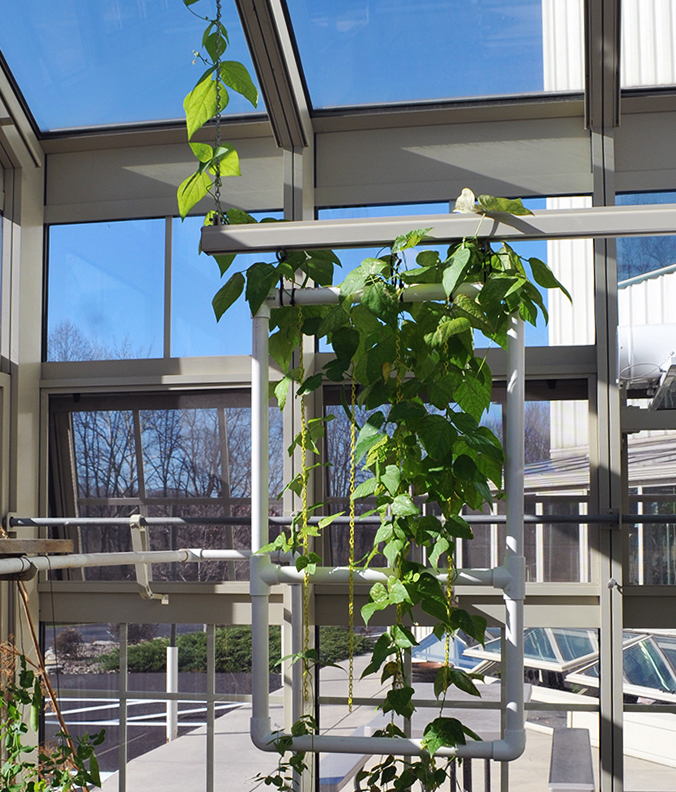

Your annuals work hard to form flowers each year, follow these tips from our greenhouse experts for fertilizing annuals to help them put on the best show possible. If your plants look slightly yellow or set back, then you want to consider fertilizing to help bring them back to life. Annuals, like all other plants in your garden, need three key nutrients. Nitrogen, phosphorous, and potassium are essential to keeping your plants healthy. Healthy soil will provide these key nutrients along with needed trace elements and secondary nutrients for your plants, but sometimes soil alone is not enough to keep them in prime condition. Fertilizers can help fill these nutrient gaps to keep annuals lush and beautiful.
There are many different types of fertilizers on the market today. Granular is ideal for annuals in beds and borders. When applying a granular fertilizer, spread it over the soil around the plants and scratch it in lightly, then water.
Liquid is a better option for potted plants, due to the amount of nutrients that are lost each watering. When using a liquid fertilizer, you can dilute the concentrate to half the recommended strength, in order to save money while still nourishing your plants.
No matter what fertilizer you choose, it is important to remember that using more does not always mean your plant will have a faster recovery. Over fertilizing is more harmful to plants than feeding them too little.
Our experts recommend generally using an even base 20/20/20, such as an all-purpose plant food for annuals. If you feel your plants are not reaching their full flowering potential, use a bloom booster that would be an 11/35/15. Remember not to mix different types of fertilizers, this also does more harm than good. Mixing different types of fertilizers can send the plant into shock and possibly kill it. The best rule of thumb is to follow the label and directions on the fertilizer container to ensure the best use for your garden.

